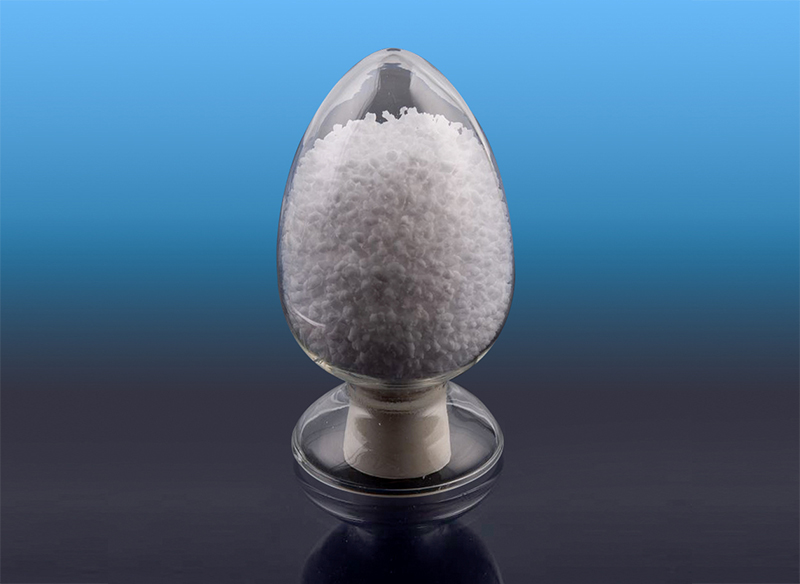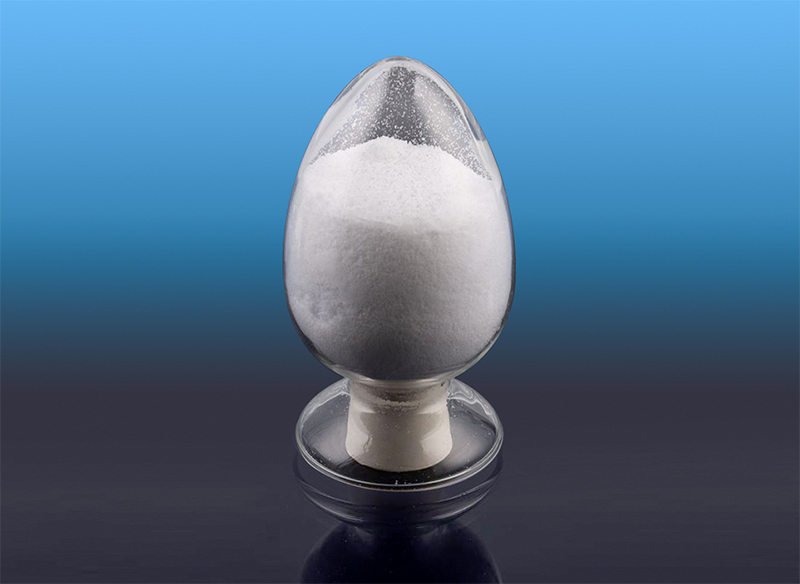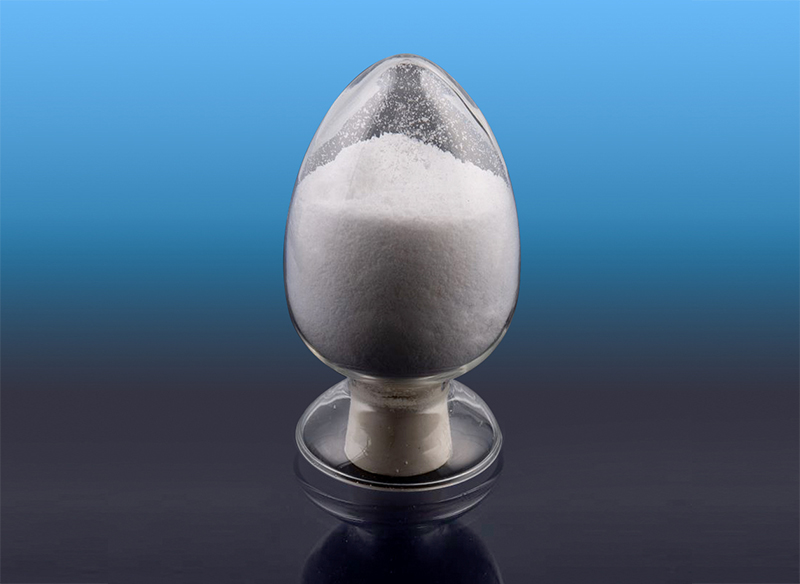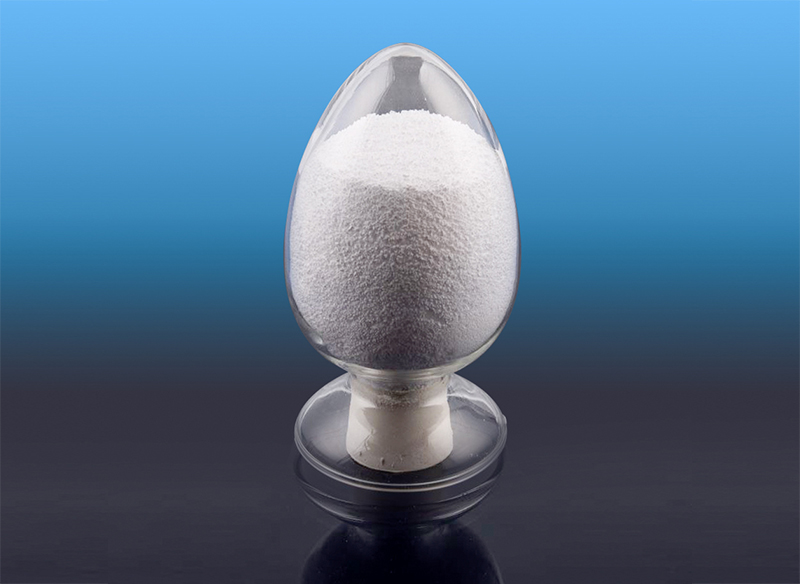Toughening Polypropylene (PP): Unlocking Impact Resistance for Demanding Applications
Polypropylene (PP) reigns as one of the world's most versatile and widely used thermoplastics, prized for its low density, excellent chemical resistance, good processability, and cost-effectiveness. However, its inherent limitations – notably brittleness at low temperatures and relatively low impact strength, especially in its homopolymer form – restrict its use in applications requiring toughness and durability. Toughening PP is a critical materials science endeavor, transforming this commodity polymer into an engineering-grade material capable of withstanding significant mechanical stress and impact.
The Core Challenge: PP's Brittleness
Homopolymer PP is a semi-crystalline polymer. Its stiffness and strength primarily come from its crystalline regions, while its amorphous regions contribute to flexibility. However, several factors contribute to its brittleness:
-
High Glass Transition Temperature (Tg): Around 0°C to 10°C, below which the amorphous phase becomes glassy and brittle.
-
Large Spherulitic Crystallites: Homopolymer PP tends to form large, well-defined crystalline spherulites. The boundaries between these spherulites act as weak points and stress concentrators.
-
Lack of Energy Dissipation Mechanisms: Pure PP lacks efficient mechanisms (like massive shear yielding or craze formation) to absorb and dissipate impact energy before crack propagation occurs.
Strategies for Toughening PP
Overcoming these limitations involves introducing mechanisms to absorb impact energy and hinder crack propagation. The primary strategies are:
-
Elastomer/Rubber Modification (The Most Common & Effective Method):
-
Mechanism: Incorporate a dispersed phase of soft elastomeric particles (typically 5-30 wt%) within the PP matrix.
-
Key Toughening Agents:
-
EPR (Ethylene-Propylene Rubber) / EPDM (Ethylene-Propylene-Diene Monomer): Excellent compatibility with PP, leading to fine dispersion and superior toughness (especially low-temperature impact). The industry standard.
-
SEBS (Styrene-Ethylene-Butylene-Styrene): Styrenic block copolymer. Offers excellent toughness, flexibility, and good weatherability. Often used in transparent applications or where higher temperature performance is needed vs. EPDM.
-
POE (Polyolefin Elastomers): Metallocene-catalyzed ethylene-octene or ethylene-butene copolymers. Provide excellent low-temperature impact, clarity, and processability. Growing popularity.
-
EPDM-g-MA, POE-g-MA: Maleic anhydride grafted versions improve adhesion between the elastomer and PP matrix, enhancing toughness and stiffness balance.
-
-
How it Works:
-
The soft rubber particles act as stress concentrators.
-
Under impact stress, they initiate massive shear yielding (plastic deformation) of the surrounding PP matrix, absorbing vast amounts of energy.
-
They can also induce cavitation within themselves or at the interface, relieving hydrostatic tension and facilitating further matrix yielding.
-
They physically blunt and deflect propagating cracks.
-
-
-
Copolymerization:
-
Mechanism: Introduce co-monomers (like ethylene) directly into the PP chain during polymerization.
-
Types:
-
Random Copolymers (PP-R): Ethylene units randomly distributed within the PP chain. Reduces crystallinity, lowers melting point slightly, improves clarity and impact strength (modest improvement over homopolymer, especially at room temp).
-
Impact Copolymers (ICP or Block Copolymers - PP-B): Produced in multi-stage reactors. Contain a PP homopolymer matrix with a dispersed phase of EPR rubber particles synthesized in-situ. This combines the stiffness of PP with the toughness of EPR, offering significantly better impact strength, especially at low temperatures, than random copolymers or rubber-modified blends. Very common for demanding applications.
-
-
Advantage: Excellent dispersion and interfacial adhesion of the rubber phase due to in-situ formation.
-
-
Filler Modification (Often Combined with Elastomers):
-
Mechanism: Incorporate rigid particles (mineral fillers) or fibers.
-
Fillers: Calcium carbonate (CaCO3), talc, wollastonite.
-
Effect: Primarily increase stiffness, strength, and dimensional stability. Can reduce impact strength if used alone.
-
Synergy with Elastomers: When combined with an elastomer (creating a "compatibilized ternary blend"), rigid fillers can enhance toughness under certain conditions:
-
Fillers can act as additional stress concentrators, promoting matrix yielding.
-
The elastomer prevents catastrophic failure initiated by the filler-matrix interface.
-
Careful balancing is crucial (filler type, size, shape, surface treatment, loading levels).
-
-
-
Beta (β) Nucleation:
-
Mechanism: Add specific nucleating agents (e.g., certain pigments, quinacridone derivatives, aryl amides) that promote the formation of the β-crystalline form of PP instead of the more common α-form.
-
Why it Helps: The β-spherulites are less perfect and have weaker boundaries than α-spherulites. Under stress, they transform more readily into the α-form (β-α transformation), absorbing significant energy and enhancing toughness, particularly impact strength and resistance to slow crack growth (SCG), without sacrificing stiffness as much as elastomer addition. Less effective for low-temperature impact than elastomers.
-
-
Nanocomposites:
-
Mechanism: Disperse nano-scale fillers (e.g., organically modified layered silicates - nanoclay) within the PP matrix.
-
Potential: Can simultaneously improve stiffness, strength, barrier properties, and sometimes toughness and heat distortion temperature (HDT).
-
Challenge for Toughness: Achieving optimal exfoliation/dispersion is difficult. Poor dispersion leads to agglomerates acting as stress concentrators, reducing toughness. Well-dispersed platelets can hinder crack propagation but may not provide the massive energy absorption of elastomer particles. Often combined with elastomers for balanced properties.
-
Factors Influencing Toughening Efficiency
The success of any toughening strategy depends critically on:
-
Dispersed Phase Morphology: Particle size, size distribution, and shape of the toughening agent (elastomer, rubber phase in ICP). Optimal particle size is typically 0.1 - 1.0 µm. Fine, uniform dispersion is key.
-
Interfacial Adhesion: Strong adhesion between the matrix (PP) and the dispersed phase (elastomer, filler) is essential for efficient stress transfer and energy dissipation. Compatibilizers (like PP-g-MA) are often used for blends.
-
Matrix Properties: The crystallinity, molecular weight, and molecular weight distribution of the base PP influence its ability to undergo shear yielding.
-
Volume Fraction: The amount of toughening agent added. There's usually an optimal loading for peak toughness.
-
Test Conditions: Temperature and strain rate significantly impact measured toughness (e.g., Izod/Charpy impact tests at -30°C are much harsher than at 23°C).
Key Properties of Toughened PP & Trade-offs
-
Dramatically Improved Impact Strength: Especially notched Izod/Charpy impact resistance, even at sub-zero temperatures (-20°C to -40°C achievable with EPDM/POE/ICP).
-
Enhanced Ductility & Crack Resistance: Resistance to brittle fracture and slow crack growth.
-
Reduced Stiffness & Strength: Adding elastomers inherently decreases modulus and tensile/yield strength compared to unfilled homopolymer PP.
-
Lower Heat Deflection Temperature (HDT): The rubbery phase softens at lower temperatures.
-
Increased Melt Flow Index (MFI): Elastomers often act as lubricants, increasing flow.
-
Potential for Hazing/Reduced Clarity: Dispersed phases can scatter light. SEBS/POE offer better clarity than EPDM. Random copolymers are inherently clearer.
-
Cost Increase: Toughening additives add cost.
Applications Enabled by Toughened PP
Toughened PP finds use wherever impact resistance is critical:
-
Automotive:
-
Bumpers, fascia, claddings, wheel arches
-
Interior trim panels, door modules, glove boxes
-
Battery housings & components (EVs)
-
Under-the-hood components (fan shrouds, reservoirs - using higher temp grades)
-
-
Consumer Goods & Appliances:
-
Power tool housings
-
Luggage shells and components
-
Lawn & garden equipment (trimming lines, housings)
-
Appliance components (washer agitators, vacuum cleaner parts)
-
Furniture (outdoor, children's)
-
-
Industrial:
-
Material handling containers (totes, pallets - impact-resistant grades)
-
Piping systems for corrosive fluids (impact-modified PP-RCT)
-
Industrial battery cases
-
-
Packaging:
-
Hinged closures (e.g., "living hinges" often use high-impact copolymers)
-
Thin-walled containers requiring drop resistance
-
-
Healthcare: Non-critical components requiring impact resistance and chemical sterilization compatibility.
The Future of Toughened PP: Innovation & Sustainability
-
Advanced Elastomers: Development of novel POE/POE-g-MA grades with tailored comonomer content for specific stiffness/toughness/flow balances and higher temperature stability.
-
Recyclate Compatibilization: Designing tougheners and compatibilizers specifically to restore impact properties in recycled PP streams.
-
Bio-based Tougheners: Exploration of bio-derived EPDM or other elastomers.
-
In-Reactor TPOs: Advanced catalyst and process technologies for producing Impact Copolymers (ICP) with even better and more consistent properties.
-
Multi-Component Systems: Sophisticated blends combining elastomers, tailored fillers (nano or micro), and nucleating agents to achieve unprecedented property profiles (e.g., high stiffness, high flow, high impact).
-
Self-Healing PP Composites: Incorporating microcapsules or reversible bonds for enhanced damage tolerance.
-
Predictive Modeling: Using computational tools to predict morphology and performance of toughened PP blends and composites.
Conclusion: From Commodity to Performance
Toughening polypropylene is a mature yet continuously evolving field, transforming a fundamental commodity plastic into a material capable of meeting stringent performance demands. By understanding the mechanisms of elastomer modification, copolymerization, β-nucleation, and strategic filler use, engineers can tailor PP's properties to achieve the crucial balance between stiffness, strength, and – most importantly – impact resistance required for demanding applications. The dominance of EPDM, EPR, SEBS, and POE, alongside the importance of ICP technology, highlights the effectiveness of elastomeric phases in dissipating energy. As the drive for lighter, more durable, and sustainable materials intensifies, innovations in toughening agents, processing, and the use of recycled content will ensure that toughened PP remains a vital and versatile engineering polymer at the forefront of countless industries. Selecting the right toughening strategy is key to unlocking PP's full potential beyond its inherent limitations.





